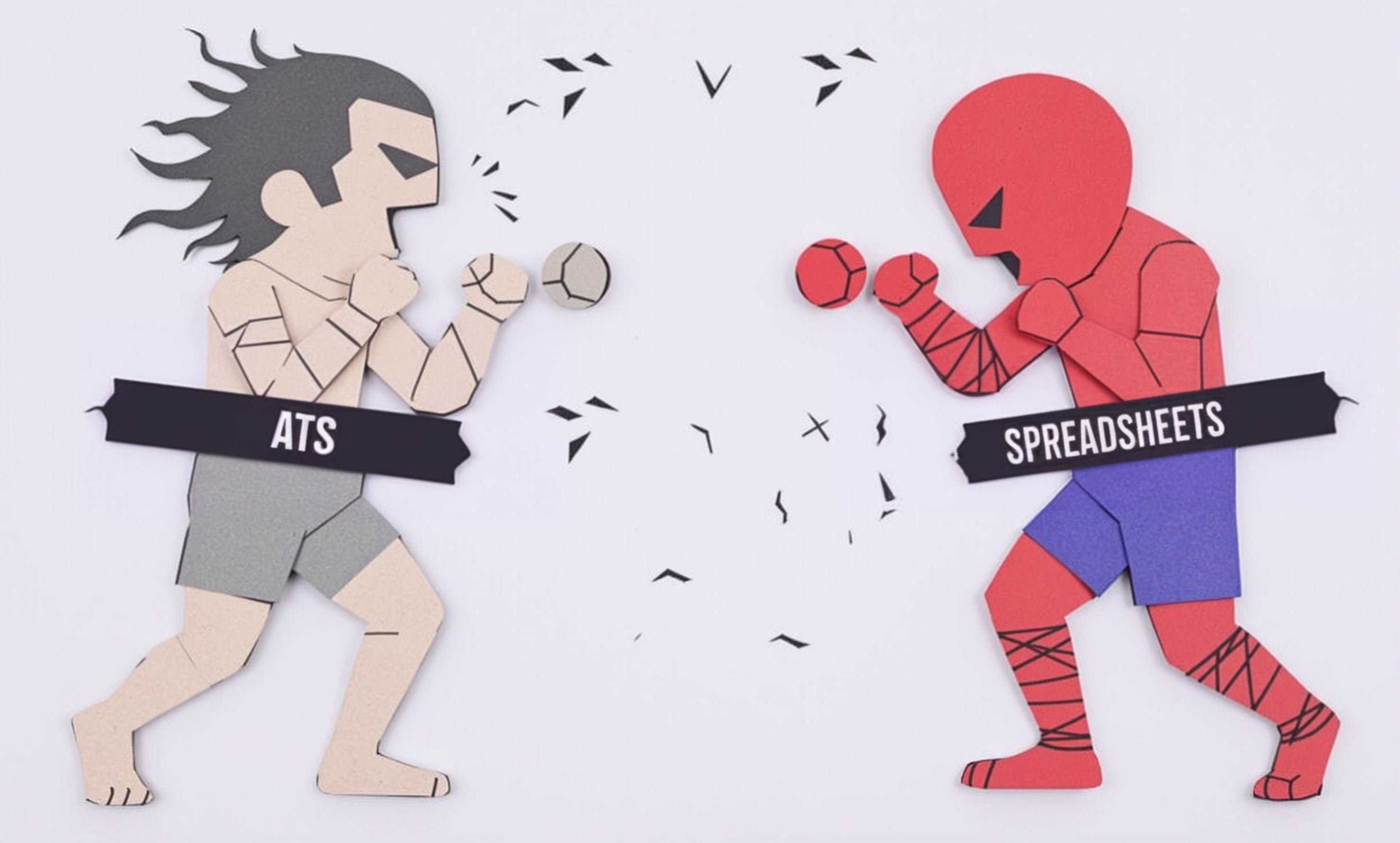
File Format
A File Format refers to how digital artwork or documents are organized and saved on a computer for printing purposes. Think of it like a recipe that tells printing machines how to read and process the artwork. Common file formats in printing include PDF for final prints, JPEG for photos, and AI (Adobe Illustrator) files for designs. Understanding file formats is crucial because using the wrong format can result in poor print quality or printing errors. It's similar to how you can't play a DVD in a CD player - printers need the right format to produce quality results.
Examples in Resumes
Managed quality control by checking File Format requirements for over 1000 print orders monthly
Trained customers on proper File Format preparation for optimal print results
Developed standardized File Format guidelines for company-wide use in print production
Typical job title: "Print Production Specialists"
Also try searching for:
Where to Find Print Production Specialists
Online Communities
Professional Resources
Example Interview Questions
Senior Level Questions
Q: How would you handle a situation where a client's artwork is in the wrong file format for printing?
Expected Answer: Should explain customer communication process, ability to convert files when possible, understanding of format requirements for different print methods, and ways to prevent similar issues in future through client education.
Q: What's your experience with creating file format guidelines for a print production team?
Expected Answer: Should discuss experience in standardizing procedures, training staff, implementing quality control checks, and improving workflow efficiency through proper file management.
Mid Level Questions
Q: What are the most common file format issues you've encountered in print production?
Expected Answer: Should mention resolution problems, color mode mismatches, missing fonts, and incorrect sizing, along with how to identify and resolve these issues.
Q: How do you ensure file formats meet quality standards for different types of printing?
Expected Answer: Should explain checking resolution, color settings, bleed areas, and file compatibility with different printing equipment.
Junior Level Questions
Q: What are the basic file formats used in printing and why are they important?
Expected Answer: Should be able to explain common formats like PDF, JPEG, and AI files, and their basic uses in printing.
Q: How do you check if a file is print-ready?
Expected Answer: Should describe basic file checking procedures like reviewing resolution, dimensions, color mode, and common error spotting.
Experience Level Indicators
Junior (0-2 years)
- Basic understanding of common print file formats
- File checking and verification
- Simple file conversions
- Basic troubleshooting of format issues
Mid (2-5 years)
- Advanced file preparation and correction
- Multiple print method format requirements
- Client communication about file issues
- Quality control procedures
Senior (5+ years)
- Team training and guideline development
- Complex file format problem-solving
- Workflow optimization
- Print production process improvement
Red Flags to Watch For
- Unable to identify basic print file formats
- No experience with print production software
- Lack of attention to detail in file checking
- Poor understanding of print quality requirements
Related Terms
Need more hiring wisdom? Check these out...

Resume Optimizations that Candidates Do to Get Past AI Hiring Filters

Why Your Hiring Spreadsheets Are Secretly Sabotaging Your Recruitment

Navigating Compliance: Structuring On-the-Job Training in Regulated Industries

